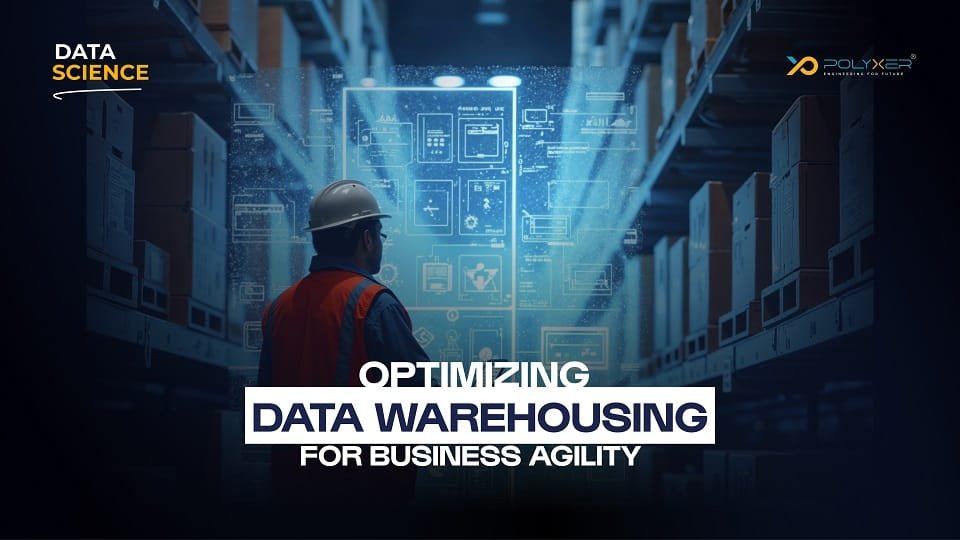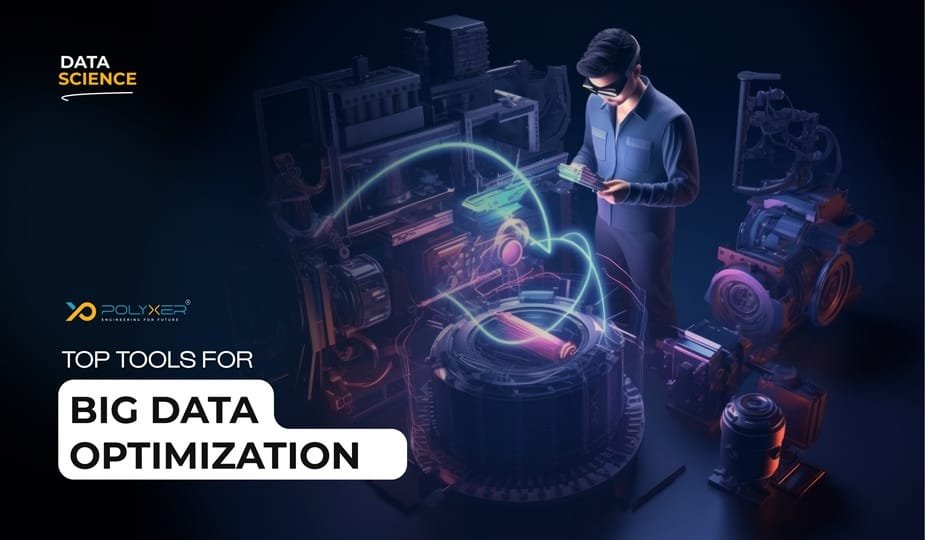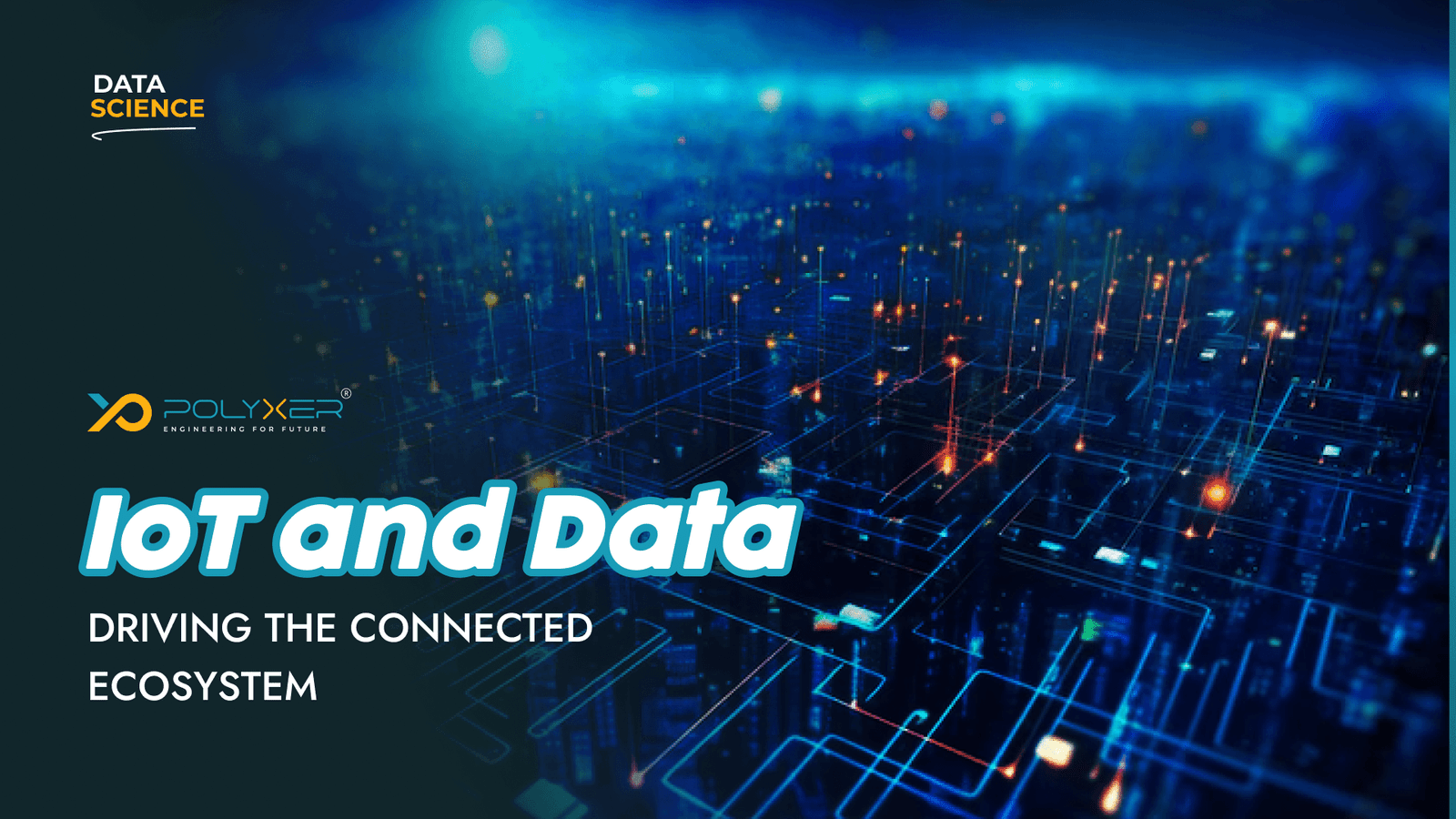
Data in Education: Empowering the Next Generation

ETL vs ELT for Scalable Data Workflows
DevOps has emerged as a transformative approach to software development and IT operation, integrate developers and operating teams to accelerate delivery, quality and reliability of software applications. Since its inception, DevOps have revolutionized how organizations innovate and respond to market demands, break the silos and emphasize cooperation, automation and continuous improvement.
As the technology landscape develops, the future of DevOps is ready for important changes run by new trends, equipment and functioning. As per Research and Markets, the DevOps market is expected to grow up to USD 22.34 billion between 2023-2028, with the CAGR of 27.89%.
As we move forward, we will understand emerging trends and techniques, which shape the future of DevOps, and the organization can adapt with the rapidly competitive digital world.
The Evolution of DevOps
DevOps emerged for solving continued friction between operating teams in delivering software. Traditionally, development teams focus on building facilities while the operation team emphasizes stability and uptime. This tension led to slowed down cycles and deployment errors.
DevOps introduced cultural, process and technical changes to bridge this difference:
- Culture: Promoting software quality collaboration and shared ownership.
- Process: Adopting agile practices and continuous distribution pipelines.
- Technology: Using automation tools for testing, integration, deployment and monitoring.
Today, DevOps include modern IT, but along with adopting clouds, accelerating AI progression and complex distributed systems, DevOps should also develop.
Key Trends Shaping the Future of DevOps
1. Shift-Left Practices and Continuous Testing
Shift-left test means quick to include testing in software development lifestyle. Instead of waiting until the late-stage test, developers write and run automated tests during coding and integration.
The purpose of this trend is to detect defects as soon as possible, reducing work and improve quality. Code repository and CI/CD pipelines enable testing tools to obtain immediate response to developers.
As DevOps matures, continuous testing - is necessary to manage and distribute complex applications integrated into the entire pipeline.
2. Infrastructure as Code (IaC) and Immutable Infrastructure
Infrastructure in the form of code means managing and provision of infrastructure through code and automation. The IaC allows teams to review and deploy to change infrastructure, like reducing the application code, increasing stability and errors.
Immutable infrastructure means that once the server or container is deployed, it is never modified, but replaced with a new version when needed.
These approaches reduce configuration flow, improve scalability and increase security. In the future, IaC and irreversible patterns will be widely adopted, which is enriched by devices such as Terraform, Ansible and Kubernetes.
3. GitOps and Declarative Configuration Management
GitOps is a methodology that uses Git repository as a source of truth for manifesto infrastructure and application configuration. Changes are made through bridge requests in the Git, triggering automated workflows to apply changes to the cluster or cloud environment.
This approach increases transparency, audits and control, enabling rapid and safe rollouts.
GitOps are becoming popular for managing the Kubernets environment, but its principles are extending to other orchestration and infrastructure layers.
4. AI and Machine Learning in DevOps (AIOps)
Artificial Intelligence is entering into DevOps by automating routine tasks, analyzing log and metrics, predicting events and optimizing performance.
AIOps platforms collect data from several sources to provide platform insight, discrepancy detection, root cause analysis and automatic remedial.
Leveraging AI enables teams to manage rapidly complex systems, reduce downtime and accelerate the reaction to the event.
5. Microservices and Serverless Architectures
Microservices applications break into loosely coupled, independent services, allowing agile and scalable development. Serverless computing abstract server management only after running tasks.
These architecture create challenges for DevOps in orchestration, monitoring and deployment.
In future, there will be focus on enhanced DevOps tooling and practices designed for microservices and servers - rapid recurrences, automated scaling and distributed tracing.
6. Security Integration — DevSecOps
Security may no longer be a concern. DevSecOps integrates safety practices directly into DevOps pipeline. This includes early embedded secrets management in automatic vulnerable scanning, compliance check, code analysis and development cycles.
With increased cyber threats and regulatory pressures, security embedded in DevOps workflows will mature and become a standard.
7. Continuous Integration and Continuous Delivery/Deployment (CI/CD)
The CI/CD pipeline automates code integration and delivery, enabling fast release and high reliability.
Future DevOps will look at the more intelligent CI/CD pipelines enhanced by AI, which will include advanced testing strategies such as chaos engineering, canary release and blue-green deployment to reduce the risk.
The enhanced pipeline will empower observation and traceability teams to diagnose rapid issues and maintain stability during rapid distribution.
8. Multi-Cloud and Hybrid Cloud DevOps
Since organizations adopt multi-clouds and hybrid cloud strategies, DevOps should manage deployment in diverse environments.
This requires cloud-oriented automation, unified monitoring and configuration standardization.
Toolchains that support multi-cloud orchestration will be important for organizations targeting flexibility, cost optimization and flexibility.
9. Observability and Monitoring Evolution
Observability- The ability to understand the system health from the log, metrics and traces - is important to run complex distributed systems.
The future focuses on the integrated observation qualified platforms operated by AI to correlate the signals and explore the discrepancies quickly.
End-to-end monitoring in infrastructure, application layers and user experience ensures that teams have widespread insight and rapid incident resolution.
10. Low-Code and No-Code DevOps Tools
To democratize software development and speed distribution, low-code/no-code tools are rapidly integrated into DevOps workflows.
These devices enable non-developers to contribute to automation scripts, pipeline management, and signs, expanding cooperation.
Such devices are widely adopted to accelerate innovation in future and reduce growth backlog.

Key Trends Shaping the Future of DevOps
Emerging Techniques in DevOps
- Continuous Everything
Beyond the CI/CD, everything constantly describes the expansion of testing, safety, configuration, compliance and extending for the response loops.
Applying continuous monitoring, constant response from users, and continuous improvement loops enables flexible and customer-focused delivery.
- Chaos Engineering
Chaos engineering involves deliberate injecting failures in the system to test flexibility and recovery capabilities before events occur.
The adoption of anarchy engineering within DevOps pipelines enhances the strength of the system and prepares organizations for unexpected real -world failures.
- Progressive Delivery
Progressive delivery techniques such as canary release and feature flagging allow the gradual rollout of the most changes of users, reduce the risk and enable rapid rollbacks if problems arise.
These techniques are required for rapid deployment in complex environment.
- Automated Compliance
Automatic compliance check within the DevOps process ensures continuous adherence to policies and industry rules.
This automation helps to avoid expensive violations and accelerates audits.

Emerging Techniques in DevOps
Case Studies: Exploring the Practicality of DevOps
Case Study 1: Netflix – Pioneering DevOps with Cloud-Native and Chaos Engineering
Overview
Netflix, the global leader in streaming entertainment, works on a huge scale with millions of users worldwide. To meet the demands of high availability, rapid features deployment, and uninterrupted user experience, Netflix adopted an innovative DevOps approach centered around cloud-native technologies and chaos engineering.
DevOps Implementation
Netflix leverages microservices architecture posted on Amazon web services, which enables autonomous teams to develop, tested and deploy services independently. They applied continuous integration and continuous distribution pipelines that automatically conduct tests, signs and rollbacks, facilitating rapid innovation cycles.
One of the major aspects of Netflix's DevOps strategy is that the Simian Army Suit led to the adoption of Chaos engineering. The Chaos monkey randomly eliminates examples to test the system flexibility, ensuring that the failures are anticipated and graciously handled.
Results:
- Netflix can deploy thousands of microservice updates daily without downtime, which can lead to rapid distribution of new features and bug fixes.
- The tolerance of the system for failure has greatly increased, resulting in high uptime and reliability despite complex distributed systems.
- Automated monitoring combined with AI-driven anomaly detection accelerates incident response, minimizing impact on customers. Automatic monitoring combined with AI-operated discrepancy detection, reduces the effect of the event, and minimize the effect on customers.
Lessons Learned:
- Embracing failure test and injecting controlled disruptions greatly improves the strength of the system.
- The combination of cloud-native architecture with DevOps automation supports rapid scaling and innovation.
- The culture of shared responsibility between teams promotes continuous improvement and reliability.
Case Study 2: Etsy – Continuous Deployment and Progressive Delivery for Safer Releases
Overview:
Popular online marketplace for handmade and vintage goods, etsy, operates a highly dynamic platform which requires frequent convenience releases. To balance the need for speed with stability, ETSY has developed a mature DevOps culture focused on continuous deployment and progressive delievery techniques.
DevOps Implementation:
Etsy’s engineering teams use continuous integration and continuous deployment pipelines that push the code updates several times for production. They apply feature flagging to launch features, which enable target releases for specific user groups and quick rollbacks, if problems emerge.
Their DevOps process integrates automated tests at each stage-unit, integration, and end-to-end tests to catch the defects quickly. Application with the alerting mechanism operated by machine learning to detect monitoring and observation tools anomalies provides real -time insight into health.
Results:
- Etsy maintains high release velocity without compromising the reliability or user experience of the site.
- Progressive delivery and convenience toggles reduce the explosion radius of possible issues.
- Developer productivity and morale are improved, as teams can innovate safely with rapid response loops.
Lessons Learned:
- Incremental and controlled release functioning effectively reduces the risks.
- Continuous delivery is important for the success of comprehensive automated testing and surveillance.
- Empowering engineers with ownership and toolset for rapid deployment drives innovation and quality.
Conclusion
These case studies indicate how major organizations are utilizing AI-Operated Monitoring to achieve future DevOps trends and techniques such as cloud-native architecture, chaos engineering, progressive distribution, continuous integration/deployment, and exceptional agility, flexibility and performance.
Preparing for the Future: Recommendations for Organizations
- Invest in Cultural Change: Successful DevOps rests on culture. Foster cooperation, transparency and shared ownership in teams.
- Automate Extensively: To improve efficiency and stability, choose to automate manual and repetitive functions in software life cycle.
- Embrace AI & Analytics: Include AI-operated equipment for monitoring, testing and incident management to handle complexity and scale operations.
- Focus on Security Early: Integrate DevSecOps from the beginning instead of late-stage add-on.
- Adopt Cloud-Native Practices: To maximize agility, move towards cloud-native architecture and infrastructure-as-code.
- Prioritize Observability: Apply extensive monitoring and observation to detect and solve issues.
- Invest in Skills and Training: Equip your teams with skills in emerging equipment, cloud platforms, AI and security.

Preparing for the Future: Recommendations for Organizations
Wrapping Up
The future of DevOps is bright and dynamic, as it is going to be shaped by automation, AI, security and cloud technologies. As organizations try to deliver rapid, safe and more reliable software, it would be paramount to embrace these emerging trends and techniques.
DevOps is no longer a set of practices, but a holistic mindset integrating culture, processes and technology. Organizations that are quickly favorable for this development will not only accelerate innovation but will also form flexible systems which are capable of surviving in ever-changing digital scenarios.
Staying ahead requires a commitment to continuous learning, investment in automation, and collaborative, safe and observable delivery pipelines-a true embodiment of DevOps ethos designed for the future.
This article is also here






